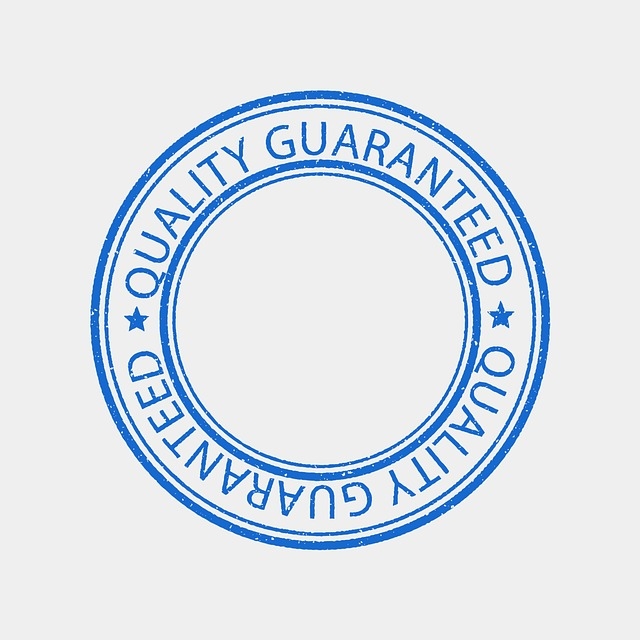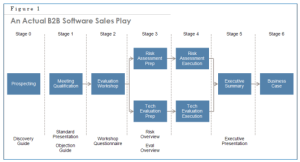— August 2, 2017

HypnoArt / Pixabay
Quality of Hire didn’t use to be a recruiting measurement. Far from it! Even just ten years ago, the goal for recruiters and even their emerging brethren was to make sure that people met the job requirements. Terms like “cultural fit” were on the fringe and those who wanted recruiters to answer for retention, may potentially get an earful. Back then, we all decided collectively, that recruiting was responsible for bringing the people to the party but it was up to hiring managers, HR professionals and line managers to keep people dancing.
That’s not so true anymore. About four in 10 of nearly 4,000 corporate talent acquisition managers from 40 countries agreed that quality of hire is the most valuable metric for performance, although that is a dip from the 44% who said so in 2014. With the emergence of employer branding, recruitment marketing, personality and skills assessments and cultural fit, the zeitgeist has decided that yes, recruiters must answer for quality of hire. But instead of being upset, here’s why recruiters should embrace quality of hire and retention KPIs (hint: it only makes recruiters more valuable).
Quality of Hire is a strategic measure
As KPIs go, metrics that measure the number of people in or out are relatively unsophisticated. When you start talking about how your hires are more likely to stick around, whether it’s in relation to the team you’re hiring for, the region, or the department, you’ll have the ear of someone higher than your immediate manager. Why? Because you’re speaking the executive language. There are countless statistics you can cite to make the case that hiring for retention and quality is a better bet than your counterpart whose staffing to get “butts in seats”. Dr. John Sullivan recently said in an ERE article:
“Hiring people is expensive and time-consuming, so replacing an employee with a new one who performs at only an average level really adds no significant business value. Recruiting can help the business, however, if it hires employees who end up producing more than the average worker (as a result of superior skills, experience etc.). So the strategic metric that needs to be tracked is the average percentage of improvement in the performance of new hires when compared to the baseline performance of the average replaced worker in the same job family.”
You can make a case for increased ROI
Again, cite the stats that show how much better teams with lower turnover work together or cite those who prove that performance increases when a new (quality) hire is added to the team. If you’re hiring for positions in a department that directly impacts revenue, congrats, you have an even faster way to prove that your quality hires are impacting revenue.
Become more selective
While not every hiring conundrum can be solved with the “hire fast, fire slow” mantra, there are some cases wherein it applies. Many of our internal clients expect us to produce immediately and then build on that growth. There is nothing wrong with high expectations, but when you become more selective about who you’re planning on interviewing or even forwarding to the hiring manager, you increase your own selection powers and increase the exclusivity of your brand. Subliminally or not, this does translate during the hiring process.
Evaluate your ad network
Bottom line? There are a lot of advertising options out there for the hungry recruiter. It can be confusing and frustrating to try and manage them all. The good news is; you don’t have to! By measuring quality of hire, you can really hone in on which advertising channels are working for you and which just produce a ton of applicants that either don’t make it through the interview process or fail within their first six months. This can go beyond your recruitment marketing network and continue on to your sources of hire. What is working? Quality of hire as a measurement will tell you (and pretty quickly too!)
Build your brand
It should go without saying, that the higher your quality of people, the better your brand will be perceived in the marketplace. The better the match internally, the likelier workers are to stay and the more cohesive the internal teams become. It might be quicker to fast-track a mismatched candidate to gain that notch on the placement board, but is it worth it when you realize your brand is at stake?
“According to a Bersin by Deloitte 2015 report, an average new hire costs a company $ 4000. This staggering figure is a sheer indicator that bad hires can prove to be very costly for companies, especially when you factor in the negativity –– bad sales, poor team morale, dwindling customer service and reduced productivity.” – Chuck Solomon, LineHire
Go faster with pre-approval
The best way to get hiring managers and executive stakeholders to trust you is by earning that trust. What better way than by hiring top performers that stick around? Next time you need that earned internal social capital, you can count on it, because hiring managers know you only put forward the best candidates. They don’t have to worry about training this person so they can leave, or worrying new employees won’t “get” their new gig, because you, Ms. Recruiter have already set the pathway for success.
Hiring for quality is difficult to measure, but if you put it in place, you are virtually guaranteed the benefits discovered above. It won’t be easy. You’ll need to track job performance (from Day 1), hiring managers willing to give you feedback on a regular basis, new hires that will give you honest evaluations of their first few weeks or months and an executive team who will underwrite your gutsy moves. But with the clear benefits of a quality of hire recruiting strategy listed here, you’re well on your way!
Business & Finance Articles on Business 2 Community
(68)
Report Post






